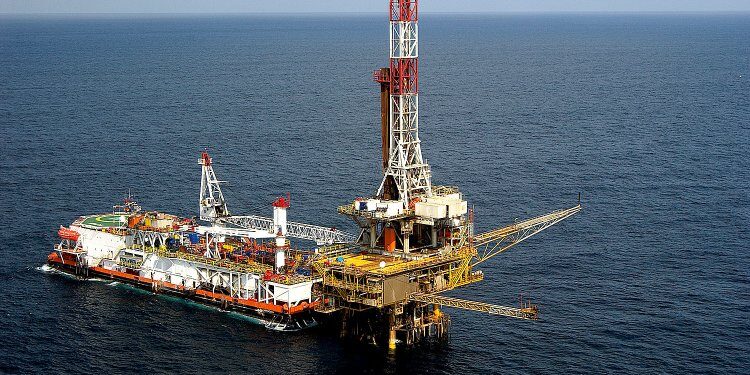Angola’s oil production is set to remain below the targets previously set by the Organization of Petroleum Exporting Countries (OPEC), contributing to the country’s decision to exit the organization in late 2023, according to the report The State of African Energy in 2025.
The report highlights Angola’s departure from OPEC as a significant development, triggered by the allocation of a smaller production quota than the country intended. Angola’s oil output is projected to average just above one million barrels per day in 2025.
“OPEC’s production targets for Angola have been consistently higher than the production estimates of the National Oil and Gas Agency (ANPG) and the actual supply,” the report by the African Energy Chamber states.
The organization, which promotes energy sector investments across the continent, notes that the gap between OPEC’s targets and Angola’s output has widened in recent years.
In 2021, Angola’s production reached 90% of its target, dropping to slightly above 80% in 2022 and further below in 2023.
Despite increased investments and drilling activities in recent years aimed at reversing the natural decline in production, Angola has struggled to reach the 1.18 million barrels per day quota it requested, according to analysts.
On a positive note, the report emphasizes several incentives Angola has introduced to attract oil companies, including reduced taxes and improved mechanisms for recovering exploration costs. These measures aim to promote more exploration and drilling activities.
Angola’s exit from OPEC leaves six African countries as members—Libya, Republic of Congo, Gabon, Nigeria, Algeria, and Equatorial Guinea—collectively producing approximately 3.9 million barrels per day, with potential to increase output to 4.28 million barrels per day in the latter half of 2025.
The report also forecasts that Africa will continue contributing around 8% of global oil production. Most of this growth will be driven by OPEC countries and Angola, which remains sub-Saharan Africa’s second-largest oil producer after Nigeria.
Looking ahead, the report projects that Africa’s oil production could rise from 6.5 million barrels per day to nearly 7 million by the end of 2025.
This growth depends heavily on addressing pipeline vandalism and oil theft in Nigeria, as well as fostering stability in Sudan and its impact on South Sudan’s production.
West Africa remains the continent’s largest oil supplier, producing 3.7 million barrels per day. However, with sustained production increases in Angola and a recovery in Nigeria, the region’s output could rise to as much as 3.9 million barrels per day by 2025.
![]()




